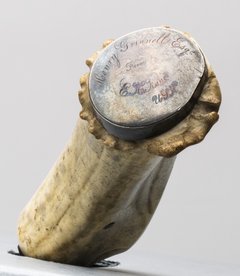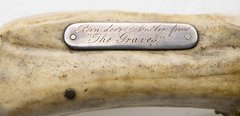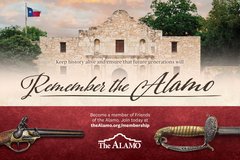In 1845, British Royal Naval Officer Sir John Franklin and his two ships, the Erebus and the Terror, along with 134 men, set out on an expedition to the Arctic. The goal of the expedition was to chart the Northwest Passage. Unfortunately, in September 1846, the two ships were trapped in pack ice near modern day King William Island. Three years passed with no word from Franklin, in response the English government offered a £20,000 reward for anyone who could find Franklin and his crew.
Henry Grinnell, an American merchant and philanthropist, financed an expedition to aid in the search efforts. One of the men on the expedition was United States Navy Surgeon and explorer Elisha Kent Kane. Kane served with distinction during the Mexican-American War. During the conflict, his small entourage was attacked by a force led by Mexican General Antonio Gaona. Gaona and his son were wounded in the ensuing battle and Kane operated on Goana’s son, repairing a severed artery and saving his life. Gaona served in the Mexican Army during the Texas Revolution and was one of several Generals in San Antonio after the fall of the Alamo, arriving on March 8, 1836.
Kane was appointed Senior Medical Officer of the First Grinnell Arctic Expedition of 1850-1851 under the command of Edwin de Haven. Kane was present, along with several others, when three graves were discovered from the lost Franklin expedition. The graves are situated on Beechy Island in Wellington Channel, Northern Canada. At the gravesite Kane found several items belonging to the Franklin expedition, among them was a reindeer antler.
Upon his return to the United States, Kane had one of his knives re-handled with the reindeer antler he found at the graves, the knife was made by famed knife maker Henry Schively. The following inscriptions can be found on the handle and backstrap of the knife, "From the Winter Quarters of Sir John Franklin," the other side reading, "Wellington Channel 1845-46." The handle is inscribed “Rein Deer Antler from ‘The Graves.’








